Russia has not been shy about threatening the use of nuclear weapons against perceived enemies. They have a long history of flying nuclear bombers through foreign airspace without warning. They regularly sail nuclear capable warships and submarines through other countries territorial waters without notice. Putin is fond of bragging about horrendous new nuclear weapons such as a stealth undersea nuclear-armed drone that could sail right into any harbor in the world undetected. They have talked about and tested a nuclear-powered cruise missile that could fly for years without refueling.
Russia’s nuclear policy states that if they are fighting a ground war against NATO and are being defeated on the battlefield with conventional weapons, they would consider the first use of tactical nuclear weapons on the battlefield.
Recently, Putin bragged about sending tactical nuclear weapons to Belarus for possible use against Ukraine. A senior ally of President Vladimir Putin warned on Thursday that any Ukrainian attacks on missile launch sites inside Russia with arms supplied by the United States and its allies would risk a nuclear response from Moscow.
Former Russian President Dmitry Medvedev cast himself as a liberal modernizer when he was president from 2008-2012, but now presents himself as one of the fiercest anti-Western Kremlin hawks. Medvedev is currently deputy chairman of Russia’s Security Council. He recently said that some Ukrainian military commanders were considering hitting missile launch sites inside Russia with Western-supplied long-range missiles. He did not give more details of the alleged plans and there was no immediate reaction from Ukraine.
He said, “What does this mean? It means only one thing – they risk running into the action of paragraph 19 of the fundamentals of Russia’s state policy in the field of nuclear deterrence. This should be remembered.”
Paragraph nineteen of Russia’s 2020 nuclear doctrine sets out the conditions under which a Russian president would consider using a nuclear weapon. They could be used as a response to an attack using nuclear or other weapons of mass destruction, or to the use of conventional weapons against Russia “when the very existence of the state is put under threat.” Medvedev specifically mentioned point “g” of paragraph nineteen which deals with the nuclear response to a conventional weapons attack.
Putin is the decision-maker when it comes to Russia’s vast nuclear arsenal. However, diplomats say Medvedev’s views give an indication of hawkish thinking at the top of the Kremlin which has cast the war as an existential struggle with the West.
Kremlin critics have often dismissed some of Medvedev’s nuclear threats in the past as attempts to grab attention or to dissuade the West from supplying Ukraine with more weapons. The United States and its allies have recently approved nearly $250 billion in military and other support for Ukraine.
The risk of nuclear escalation has hung over the Ukraine war since Russia invaded its neighbor in February 2022. The U.S. feared a Russian nuclear escalation in late 2022. Jake Sullivan is the White House national security adviser. He communicated to Russia concerns about any steps towards the use of a nuclear device in Ukraine.
Russia and the United States are by far the world’s biggest nuclear powers. Russia controls about five thousand eight hundred and ninety nuclear warheads while the U.S. controls about five thousand two hundred and forty nuclear warheads, according to the Federation of American Scientists.
Blog
-
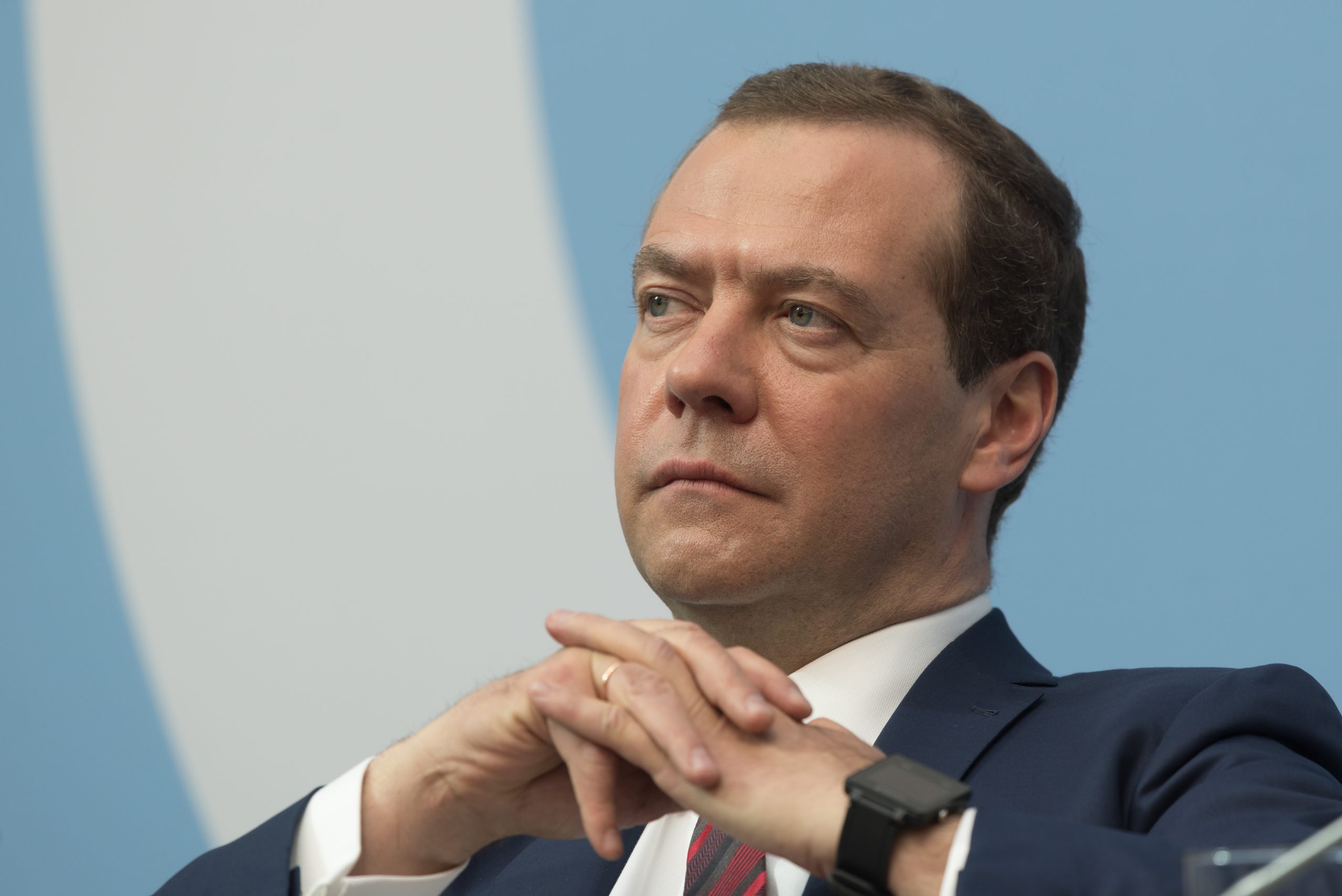
Nuclear Weapons 841 – Dmitry Medvedev Threatens Use Of Nuclear Weapons in Ukraine
-
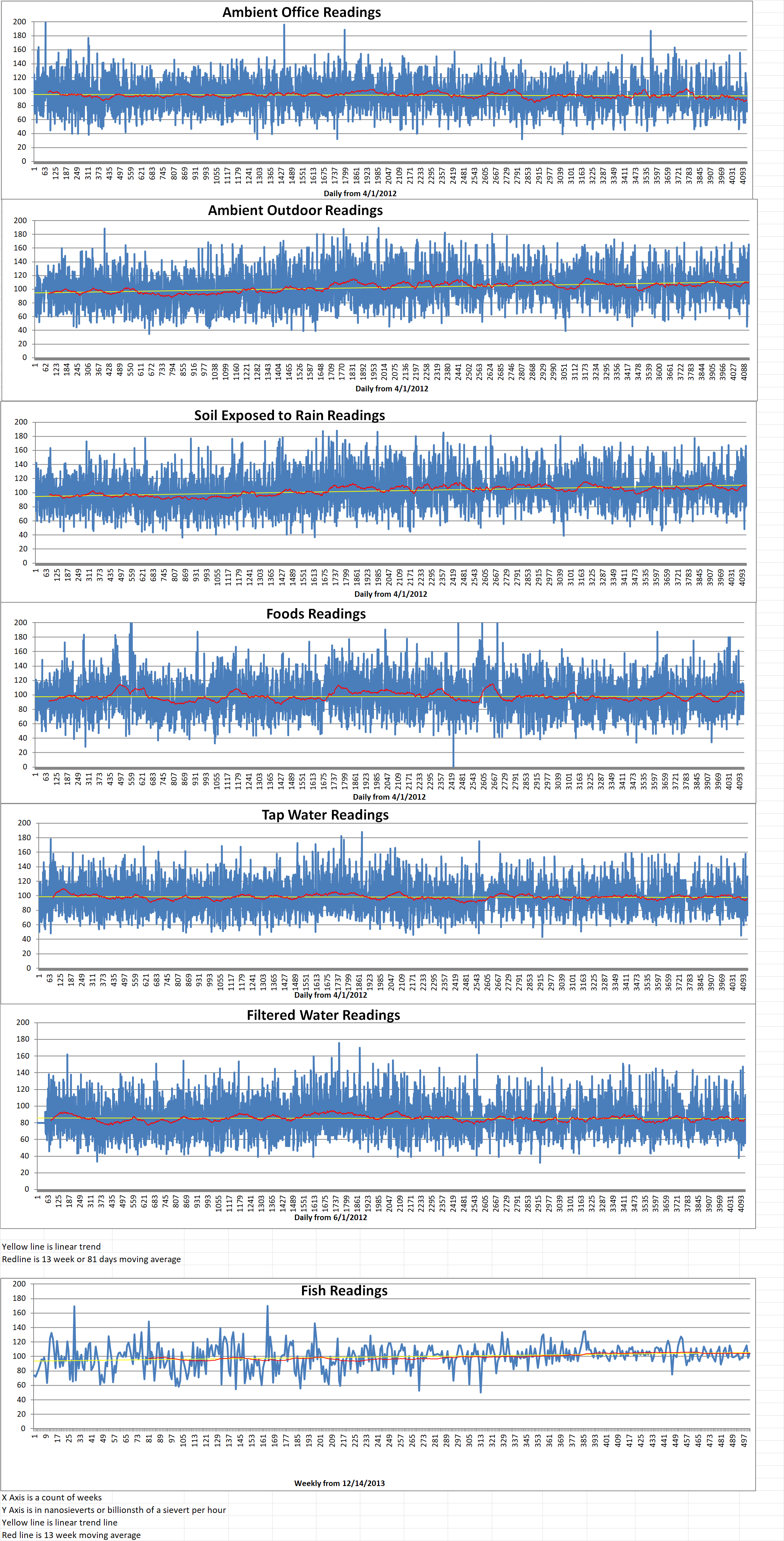
Geiger Readings for January 09, 2024
Ambient office = 83 nanosieverts per hour
Ambient outside = 79 nanosieverts per hour
Soil exposed to rain water = 82 nanosieverts per hour
Tomato from Central Market = 93 nanosieverts per hour
Tap water = 127 nanosieverts per hour
Filter water = 114 nanosieverts per hour
-
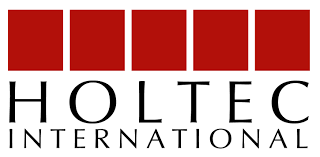
Radioactive Waste 924 – Holtec International Discusses Missing Equipment At Pilgrim Nuclear Power Plant
Several pieces of equipment containing radioactive material are missing at the Pilgrim Nuclear Power Station in Massachusetts. At the time of a periodic inventory last fall, items such as explosives detectors were not in their expected locations according to Pilgrim owner Holtec International.
David Noyes is a compliance manager at Holtec. He described some of the missing items during a November meeting of the state’s Nuclear Decommissioning Citizens’ Advisory Panel. He said, “Three of the sources are Nickel-63 sources. They’re in explosive detectors, similar to what you’d see in any government installation, or any place where access is being controlled and material needs to … go through an explosive detector.”
A Holtec report to the U.S. Nuclear Regulatory Commission states that seven sealed pieces of equipment containing low levels of radioactivity were initially identified as missing. Some were exempt from requirements for reporting. One was later found at the plant. Last fall, Holtec disclosed the discovery of missing items which happened in September. Noyes informed the panel what Holtec believes happened to five of the sources of radioactivity.
Noyes said that “These five sources are assumed to have been disposed of as radioactive waste” during the cleanout of a building.
The missing items are now getting fresh attention because local activist group Cape Downwinders said it has received an anonymous letter of complaint. Diane Turco is the director of Cape Downwinders. “This is a serious situation if there’s missing radioactive materials out. And it looks like Holtec hasn’t been paying attention to where this has gone.”
Turco characterized the writer of the anonymous letter as a “whistleblower.” However, Holtec spokesman Patrick O’Brien questioned the idea that someone who works at Holtec is behind the recent letter and a previous letter last summer.
The previous letter mentioned an increase in the evaporation of radioactive water from the plant, caused by the installation of submerged heaters. O’Brien said that in both cases, someone who repeats publicly available information has been portrayed as whistleblowing.
In an email, O’Brien said the letters are utilizing public information “to create claims that are at the best skewed and the worst outright wrong/false to create a panic and/or headlines that with little effort could be answered in an educated manner.” The whistleblower letter claimed that four missing sources of radioactivity pose potential health and safety risks.
Holtec described the missing items in a report to the NRC as “less than IAEA Category 3,” referring to definitions set by the International Atomic Energy Agency. According to the IAEA, the next-lowest category, Category 4, can be described this way: “It is very unlikely that anyone would be permanently injured by this source. However, this amount of unshielded radioactive material, if not safely managed or securely protected, could possibly — although it would be unlikely — temporarily injure someone who handled it or who was otherwise in contact with it for many hours, or who was close to it for a period of many weeks. This amount of radioactive material, if dispersed, could not permanently injure persons.” -
Nuclear News Roundup January 08, 2024
First lead-cooled fast neutron reactor’s installation under way world-nuclear-news.org
Lotus eyes 2025 for Kayelekera restart world-nuclear-news.org
The South Dakota House goes “nuclear” mykxlg.com
Is the IAEA losing patience with Iran? Nuclear chief laments lack of cooperation jpost.com
-
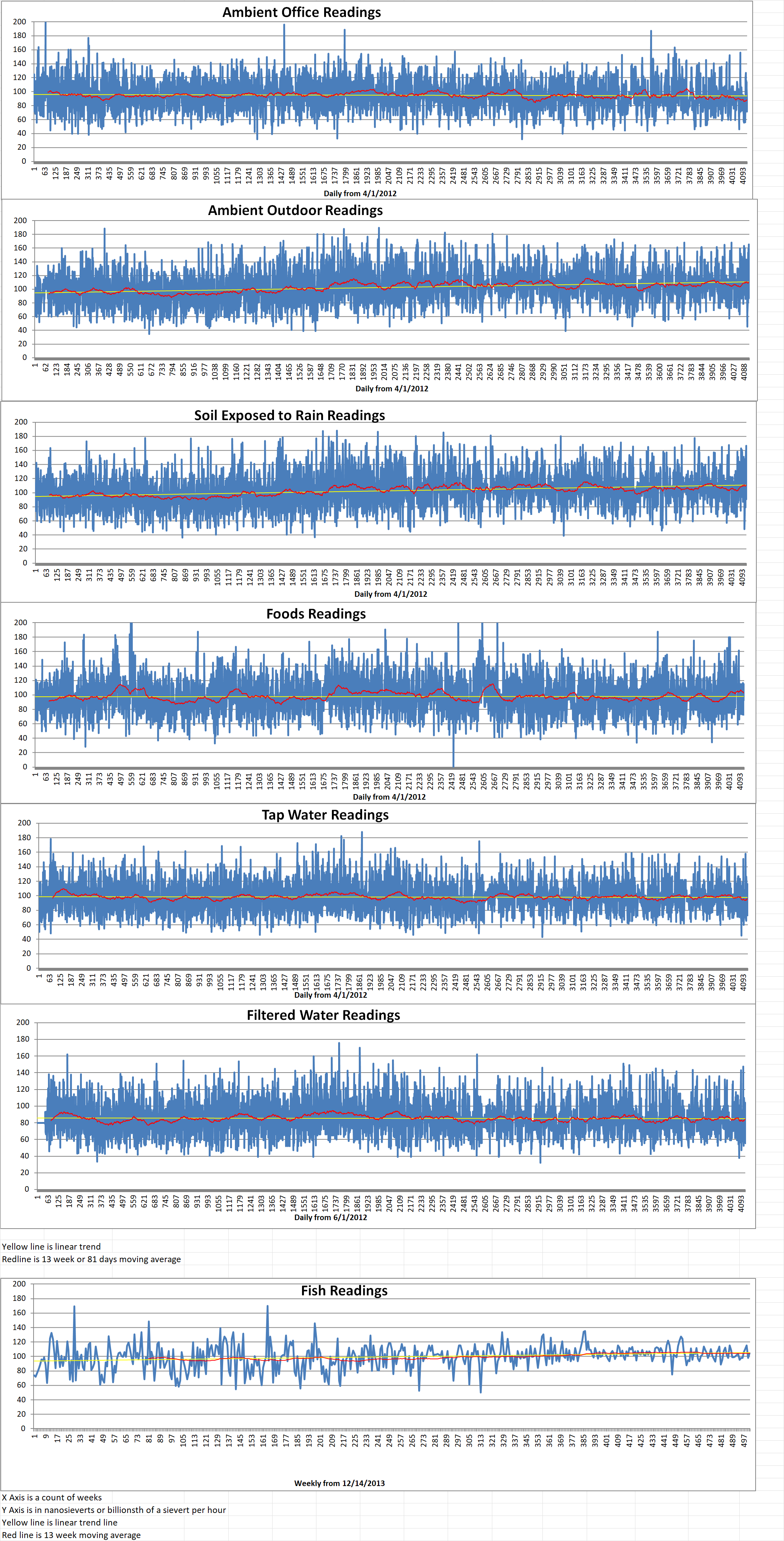
Geiger Readings for January 08, 2024
Ambient office = 79 nanosieverts per hour
Ambient outside = 114 nanosieverts per hour
Soil exposed to rain water = 126 nanosieverts per hour
Red bell pepper from Central Market = 105 nanosieverts per hour
Tap water = 73 nanosieverts per hour
Filter water = 56 nanosieverts per hour
-
Nuclear News Roundup January 07, 2024
2024 could bring ‘a lot of ruin,’ but nuclear threat could be a stabilizing force upi.com
Six of UK’s nine nuclear reactors temporarily shut down news.sky.com
UEC to restart Wyoming uranium operation world-nuclear-news.org
UK invests in new neutron facility world-nuclear-news.org
-
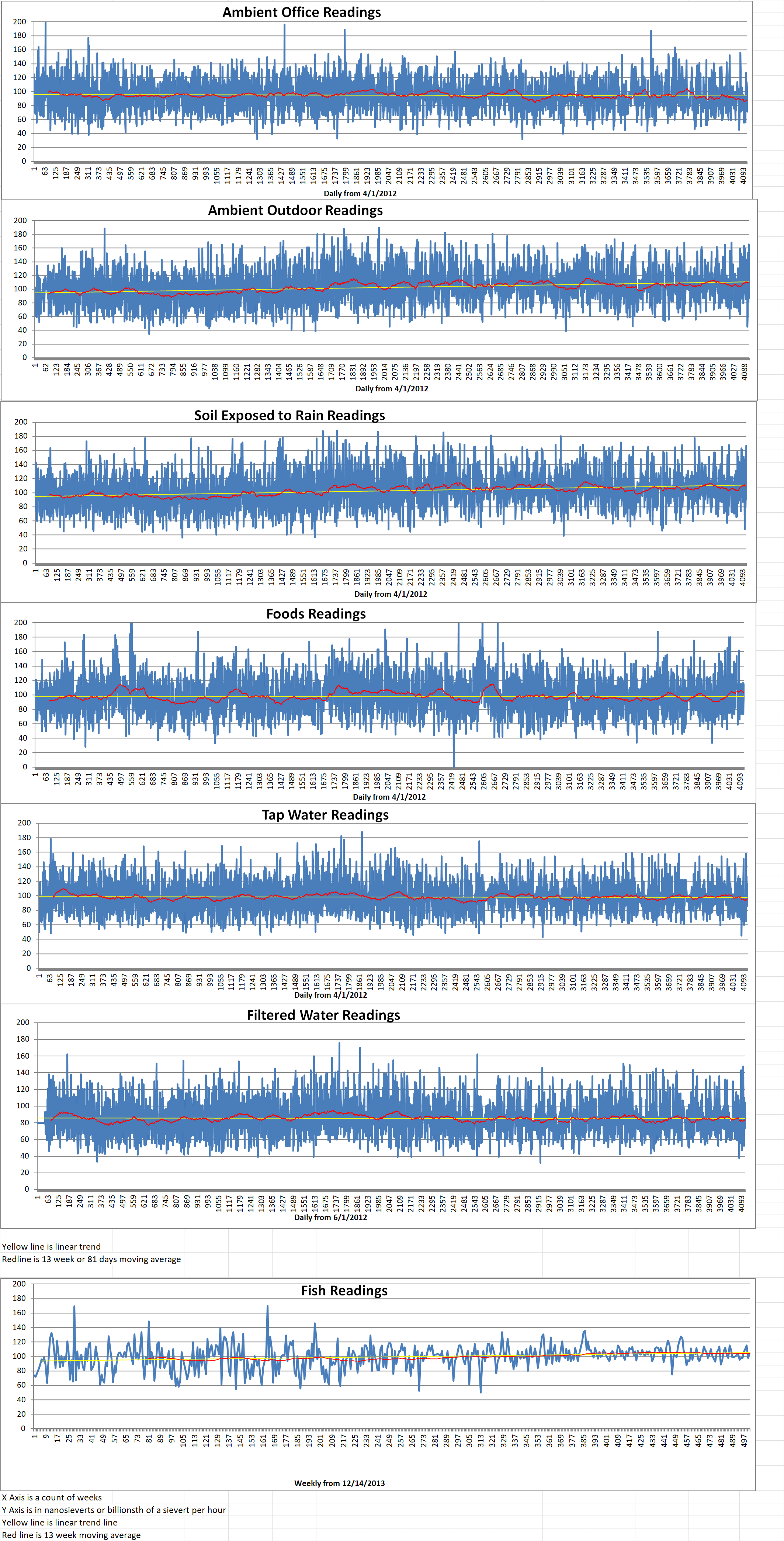
Geiger Readings for January 07, 2024
Ambient office = 72 nanosieverts per hour
Ambient outside = 87 nanosieverts per hour
Soil exposed to rain water = 91 nanosieverts per hour
Avocado from Central Market = 93 nanosieverts per hour
Tap water = 116 nanosieverts per hour
Filter water = 104 nanosieverts per hour
-
Nuclear News Roundup January 06, 2024
Iran’s Regime “Galloping Ahead” With Its Nuclear Program, IAEA Chief Warns iranfocus.com
São Tomé and Príncipe ratifies Treaty on the Prohibition of Nuclear Weapons icanw.org
Japanese, South Korean envoys meet in Seoul amid N. Korean nuclear threat English.alarabiya.net
U.S. finalizes $1.1B in aid to keep open California’s last nuclear power plant seekingalpha.com
-
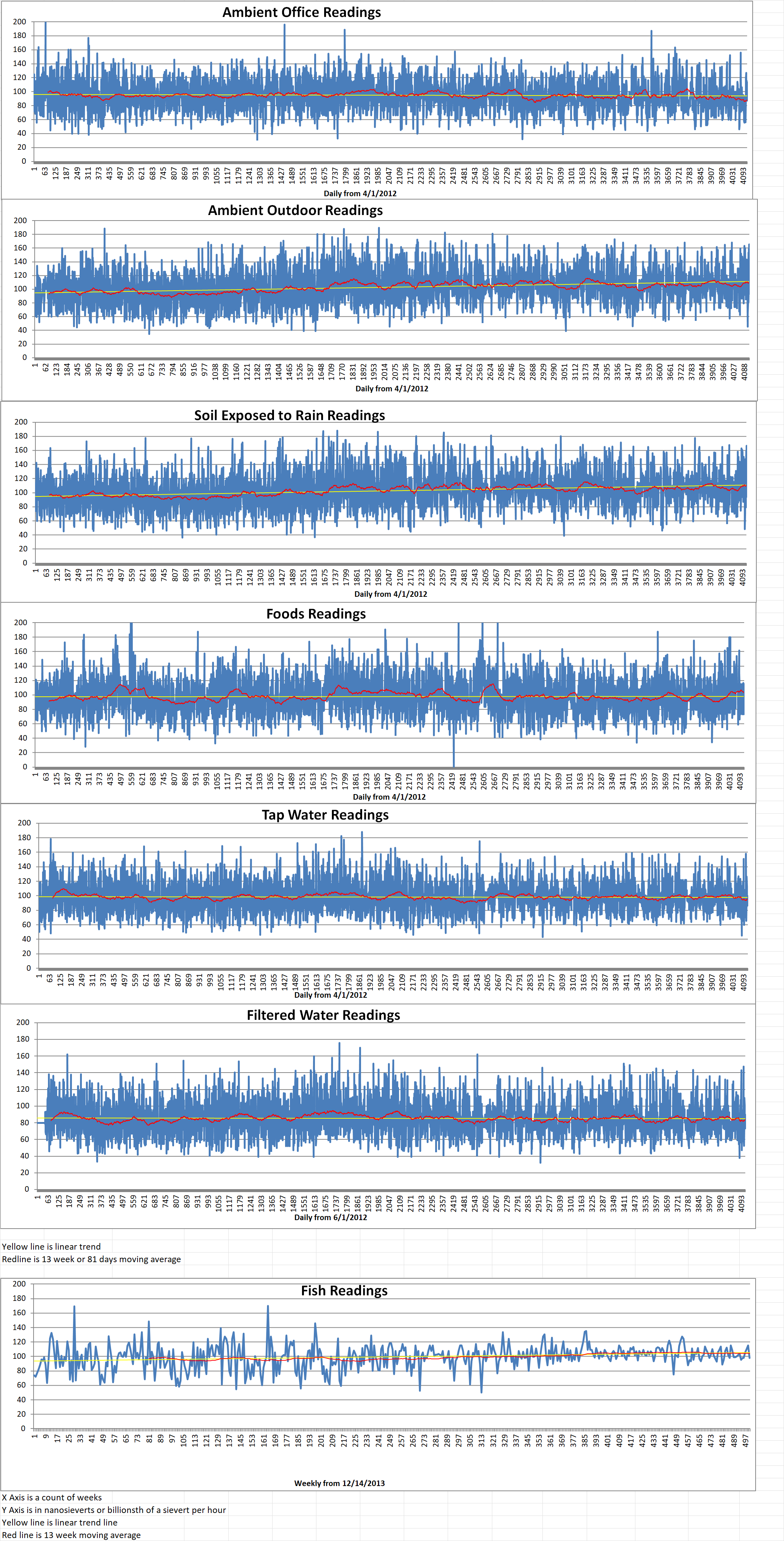
Geiger Readings for January 06, 2024
Ambient office = 87 nanosieverts per hour
Ambient outside = 165 nanosieverts per hour
Soil exposed to rain water = 167 nanosieverts per hour
Tomato from Central Market = 115 nanosieverts per hour
Tap water = 94 nanosieverts per hour
Filter water = 87 nanosieverts per hour
Dover Sole from Central = 104 nanosieverts per hour
